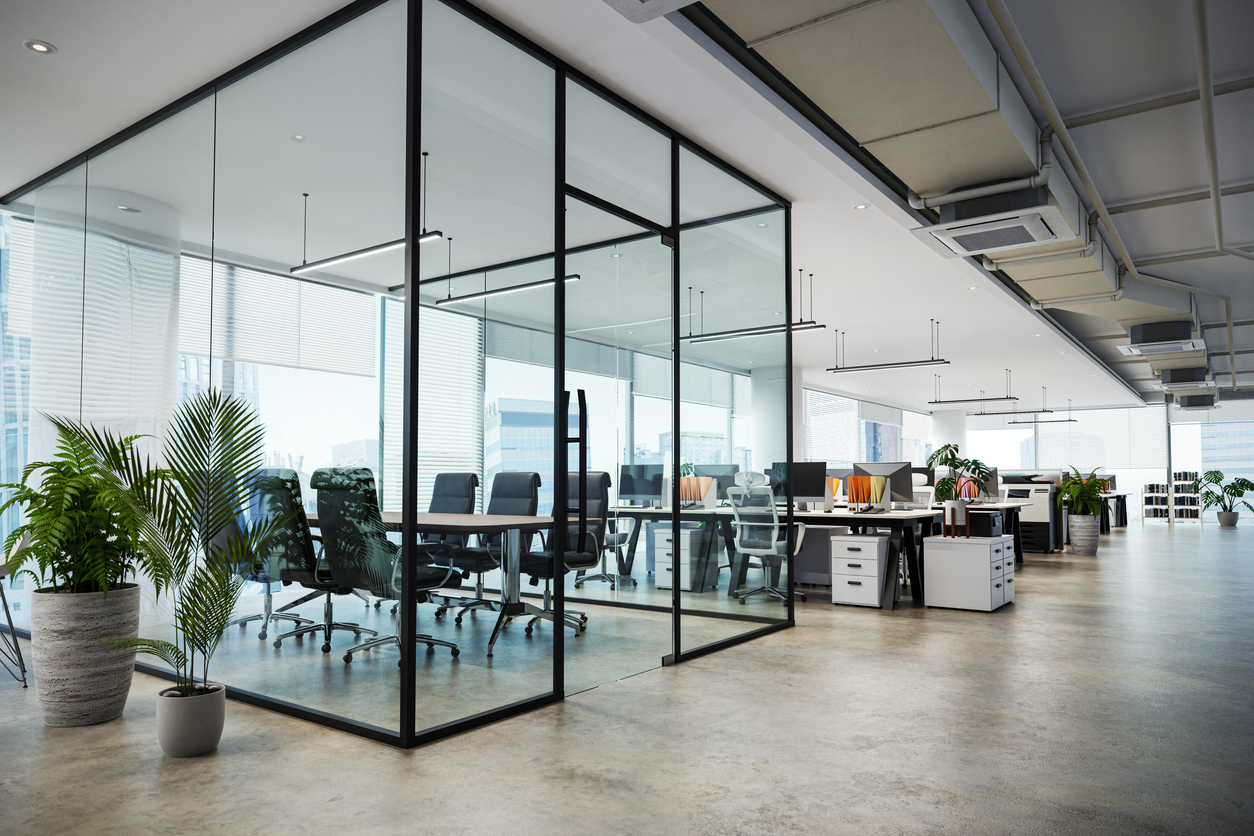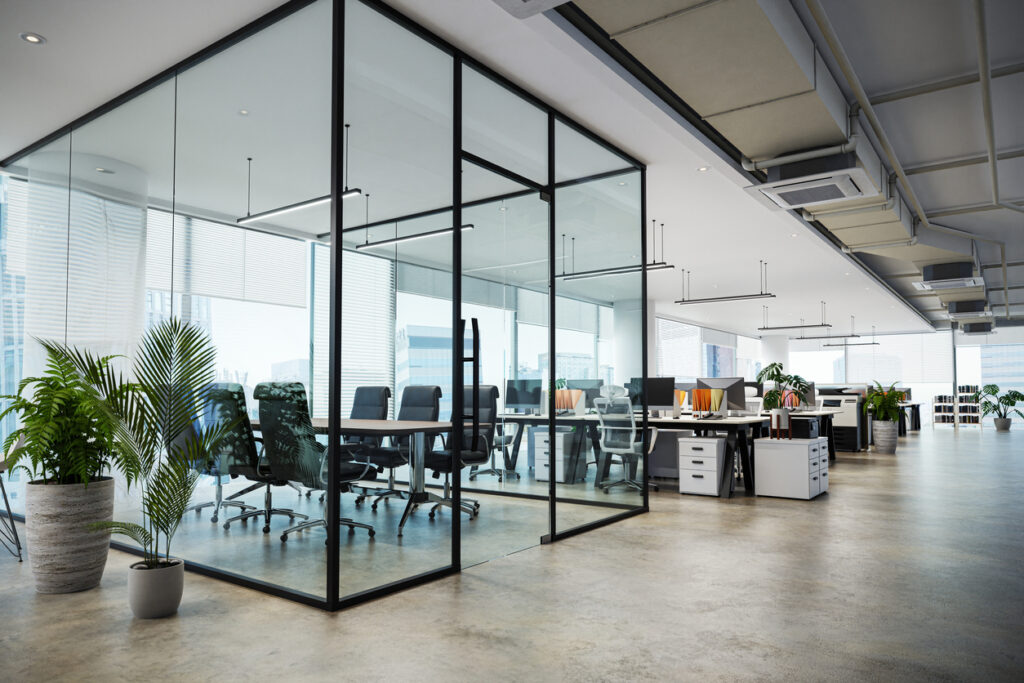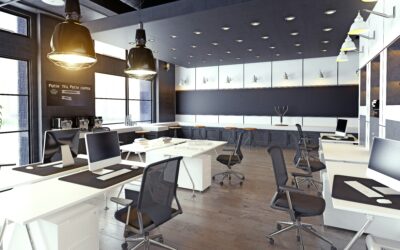In the ever-changing landscape of the business world, workspace and furniture play a crucial role in fostering creativity, collaboration and productivity.
A well-designed office can inspire and motivate employees, resulting in greater job satisfaction and overall success.
The transformative power of furniture
An ordinary office space can undergo a remarkable metamorphosis if the right furniture is chosen.
Take, for example, the transformation of a traditional cubicle-filled office into an open, collaborative environment.
By incorporating modular desks, comfortable seating and versatile storage solutions, the space becomes dynamic, encouraging spontaneous interaction and the sharing of ideas between employees.
Ergonomics
Ergonomics is one of the key elements to consider when converting an office.
Ergonomic furniture not only improves the visual appeal of the workspace, it also contributes to employee well-being and efficiency.
Investing in adjustable desks and chairs that adapt to individual preferences promotes good posture and reduces the risk of musculoskeletal problems.
Ergonomics isn’t just about comfort; it’s a strategic choice that has a positive impact on employee productivity and health.
Incorporating ergonomic principles into office design ensures that employees have the tools they need to work comfortably and efficiently.
Adjustable desks, ergonomic chairs and well-designed workstations contribute to a healthier, more productive working environment.
By taking into account the ergonomic needs of employees when renovating their offices, companies can create spaces that not only look good, but also promote the physical well-being of their team.
Creating places for collaboration
Modern workplaces thrive on collaboration, and furniture plays a key role in this.
Office redesigns often involve the creation of collaborative hubs – spaces designed for brainstorming sessions, team meetings and casual interaction.
By integrating flexible furnishing solutions such as modular tables, mobile seating and writable surfaces, companies can foster a culture of teamwork and creativity.
Balancing aesthetics and functionality
An aesthetically pleasing office is not just a question of style; it’s about creating an environment that reflects the company’s values and inspires its staff.
Sleek, contemporary furniture can instill a sense of innovation, while carefully selected colors and textures help create a harmonious, welcoming atmosphere.
However, aesthetics must not compromise functionality.
The best office refurbishments strike a balance between visual appeal and practicality, ensuring that each piece of furniture performs its function effectively.
Maximizing limited space
Not every office has a large surface area, but that doesn’t mean small spaces can’t be transformed into efficient, welcoming working environments.
Clever furniture solutions for small spaces include compact desks, folding chairs and wall-mounted storage options.
By maximizing vertical space and choosing dual-purpose furniture, companies can make the most of limited floor space, creating an open, organized workspace.
The green revolution: sustainable furniture choices
In this age of environmental awareness, office redesigns are increasingly incorporating sustainable furniture choices.
From reclaimed wood desks to chairs made from recycled materials, companies are aligning their values with their furniture choices.
The integration of sustainable furniture not only contributes to a positive corporate image, but also supports ecological practices, by reducing the environmental impact of office spaces.
Office redesign is not just about changing the physical appearance of a workspace, but also about changing the culture and functionality of a company.
Strategic furniture choices play a key role in this transformation, influencing employee well-being, collaboration and overall productivity.
By redesigning our workspaces today, we’re shaping a better, more innovative future.







0 Comments